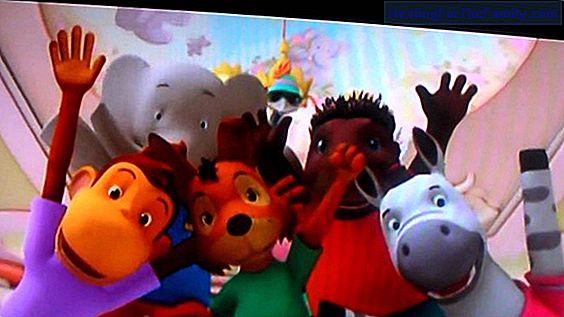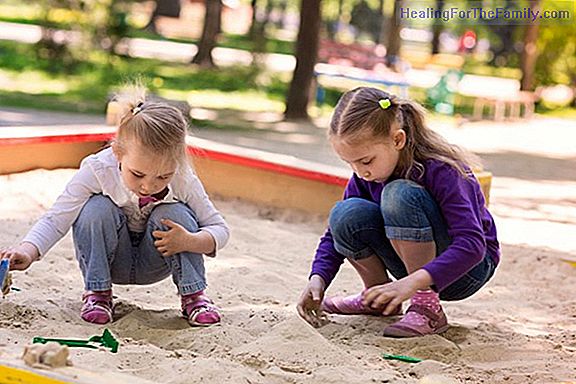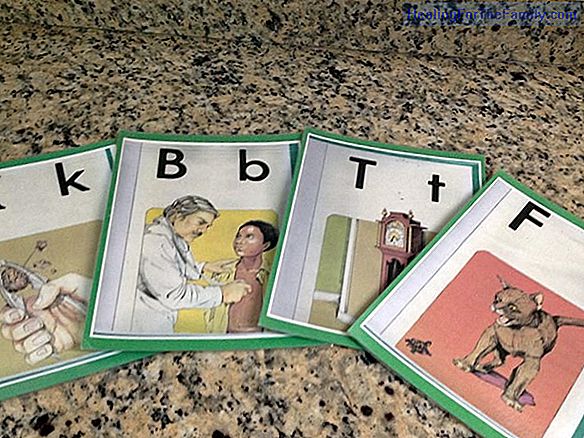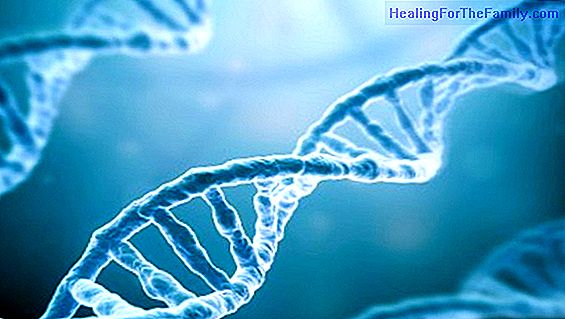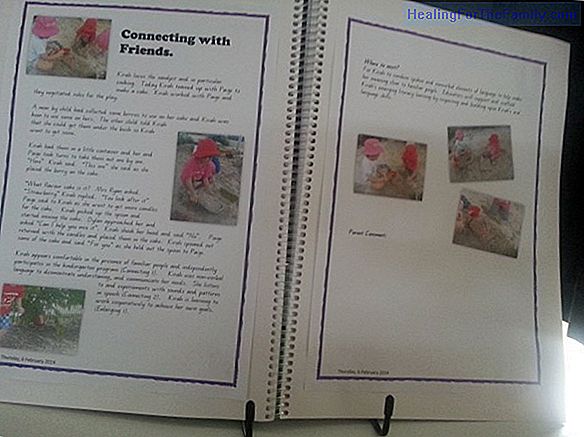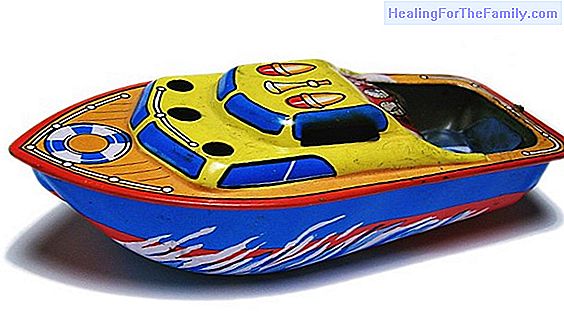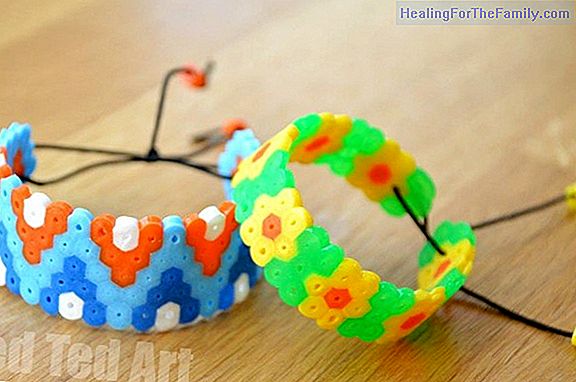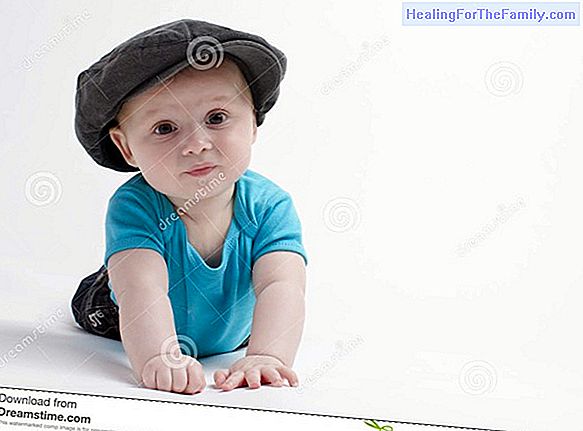Symptoms and correction of myopia in children
Myopia is not a disease, it is a mistake of the refraction of the eyes. Myopia has the characteristic of not being able to correctly focus on objects and people in the distance. When it comes to a close image, the myopic ones are able to sharply focus the image, but if they are distant, they are blu
Myopia is not a disease, it is a mistake of the refraction of the eyes. Myopia has the characteristic of not being able to correctly focus on objects and people in the distance. When it comes to a close image, the myopic ones are able to sharply focus the image, but if they are distant, they are blurred. Myopia is an eye disorder related to focus. When myopia usually appears
Myopia, although it can also happen in adulthood, usually appears at school time of children between 8 and 12 years of age, and evolve with age until it stabilizes at about 20 years old. In adolescence, it is normal for graduation changes to occur frequently. The myopic usually has to change glasses at least once a year.

The importance of early detection of visual problems in children is crucial. Not only to try to avoid possible failures in school performance, but also to avoid future consequences in visual health that if detected too late are irreversible.
The symptoms of myopia in children
While hyperopia is difficult to detect, in the case of myopia it is very easy. Parents and teachers must be the first to be able to detect if a child is nearsighted. These are some of the symptoms that can be observed in a myopic child:
- He sees badly from afar
- Winks excessively the eyes
- He gets close to the television
- He gets very close to the texts
- Sometimes he has pains head No - He does not see the blackboard well and usually asks the teacher to put him in the first rows
Correction and treatment of myopia
It is very important to correct myopia immediately upon detection and, by using glasses or contact lenses, provide the myopic with the best possible visual acuity.
We must bear in mind the importance of correcting visual problems, especially in children, since they have not yet developed the visual system in its entirety. The development of the visual system is completed at approximately 7 years of age. Until then the visual system is very plastic and can create sensory adaptations to compensate for poor vision. One of these adaptations is amblyopia or vague eye, which after seven years is very difficult to correct and, the older the child, the more difficult it becomes, being irreversible when the visual system reaches maturity.
Cecilia Martínez Ordás
Optician - Optometrist
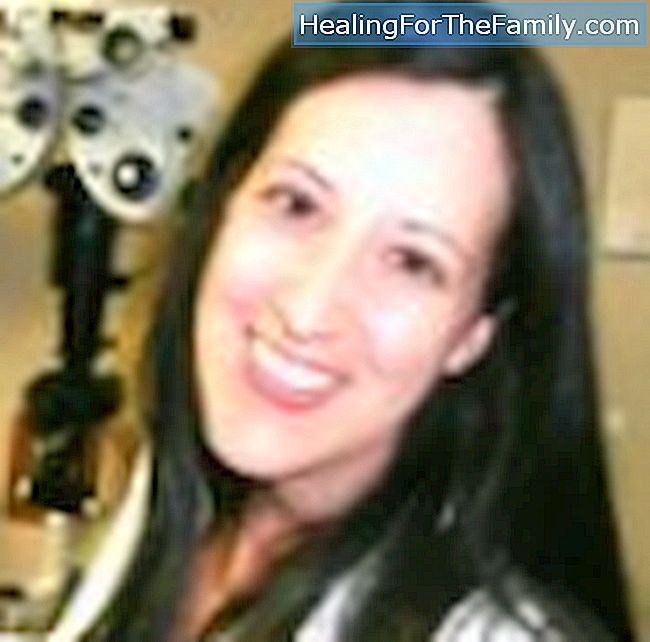
Expert in Children's Audiology
Miraflores Optics


